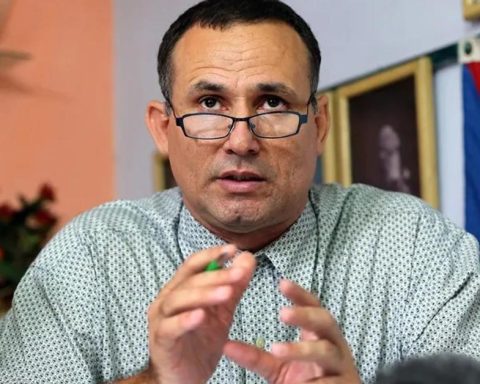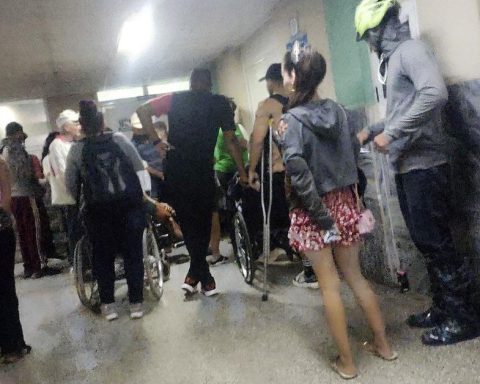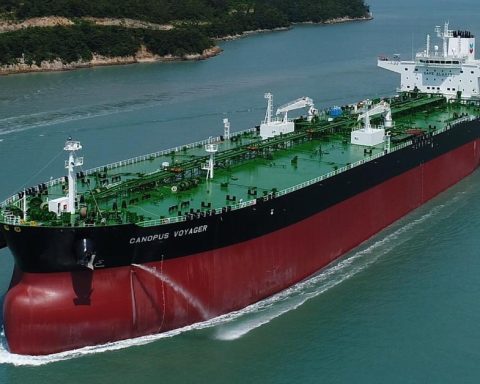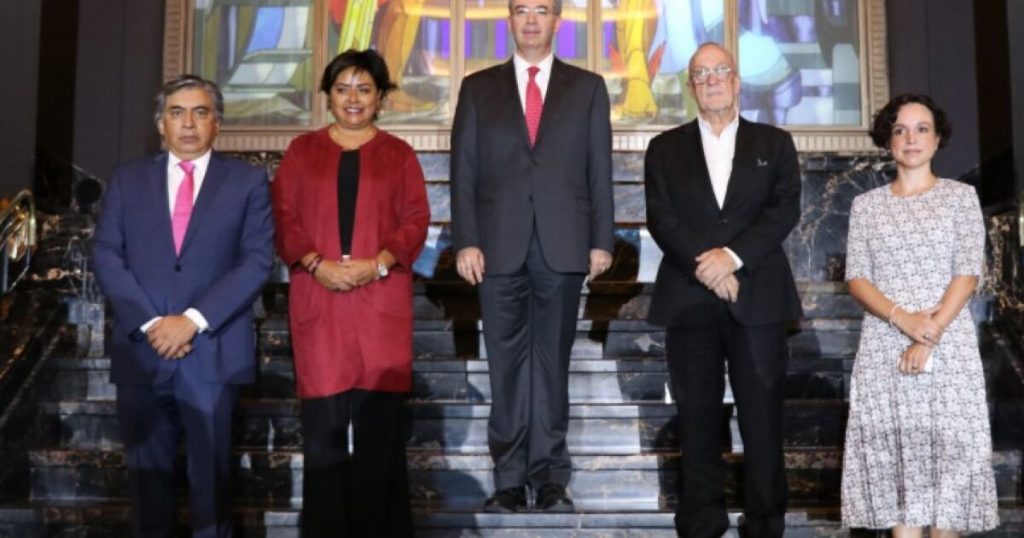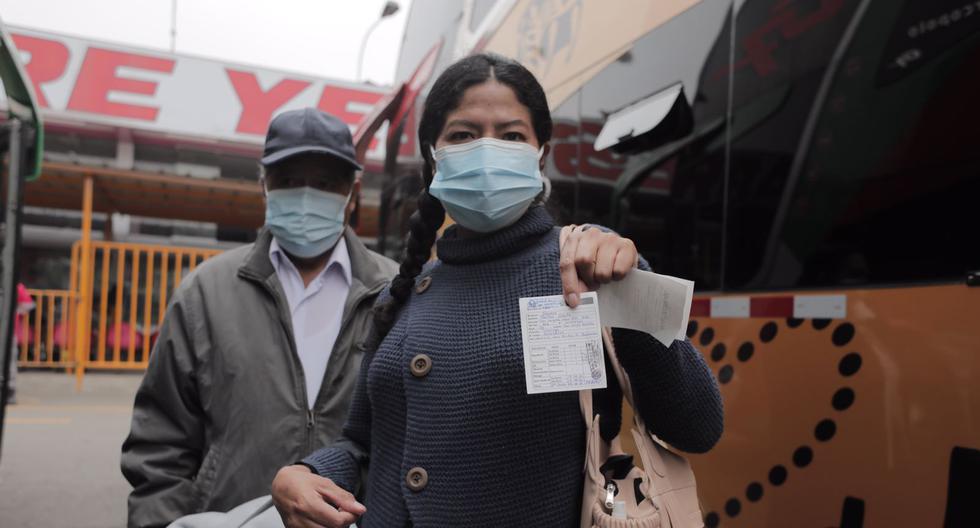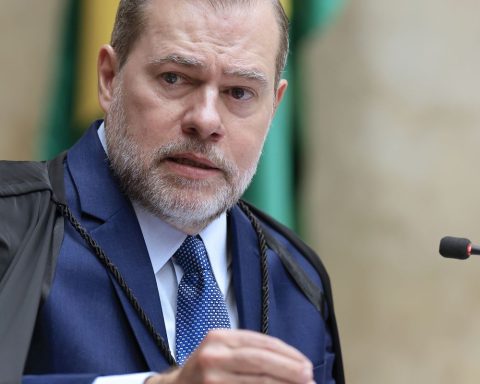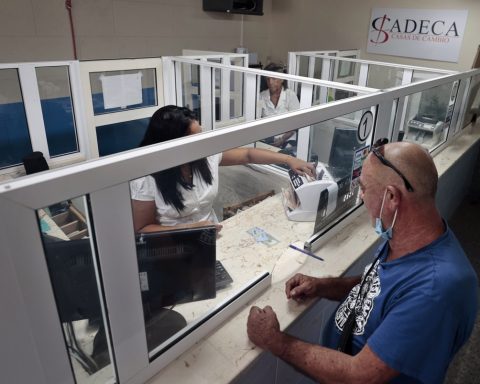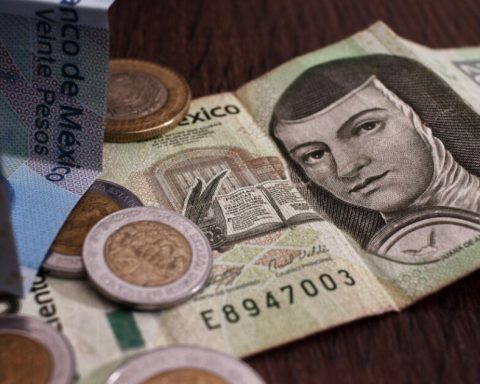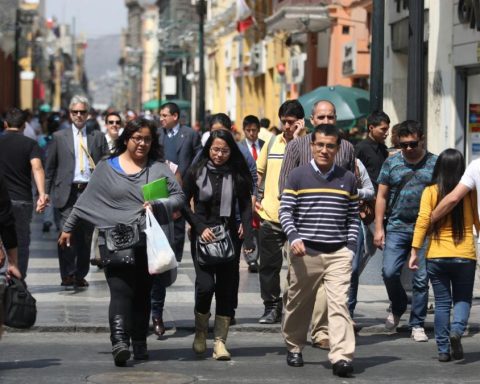The category of popular business is established, with a fixed payment of $ 60 per year if sales do not exceed $ 20,000.
As a candidate and as president, Guillermo Lasso, denounced like a robbery that charges a Income tax 2% over income of the microentrepreneurs.
The current Governor of Guayas, Pablo Arosemena, from his previous trench as president of the Camera from Commerce from Guayaquil, he even said that, “It seems silly to us to charge micro-entrepreneurs an income that has not been generated. People get the notification that they have been put into this regime and have to pay income tax. Others have not received the notification and fines are generated.
Therefore, within the tax reform (which will come into force from January 1, 2022) included the elimination of this system and its replacement by one called the Simplified Regime for Entrepreneurs and Popular Businessess (Rimpe).
This regime, even before starting to operate, has received questioning from political, economic and social sectors. In most cases it is assured that it is more of the same, but with another name.
This is because income tax will continue to be collected on the sales or the income gross (without taking into account costs).
However, through his Twitter account, Francisco Briones, presidential adviser, assured that, due to the establishment of a progressive table, lto most micro-enterprises they will have a reduction of up to 85% in the payments they have to make to the treasury.
Is it paid more or less with the new regime?
The main innovation of the Government is the creation of the popular business concept. Thus, people or companies that have incomes of up to $ 20,000 ($ 1,666 per month) will not pay 2% income tax, but a flat rate of $ 60 each year.
In this case, with the current system they would have had to disburse up to $ 400 per year.
If the income is between $ 20,001 and $ 300,000, a table that goes from 1% to 2% of income tax begins to apply.
Karla García, an entrepreneur, questioned whether it persists in forcing taxes on sales; and he assured that, with a level of $ 2,600 per month, he would have to pay $ 1,400 a year.
“What is going to happen is that there will be less billing and affiliated workers with less salary,” he said.
However, according to the table, the rate is not charged on the total declared income, but on the surplus. Thus, with $ 2,600 per month ($ 31,200 per year), the maximum payment will be $ 172: $ 60 as the basic rate and $ 112 as a result of the 1% charge on the difference between $ 20,000 and $ 31,200.
If they sell up to $ 50,000, the maximum payment to the treasury will be $ 360 (0.72% of annual income). If the limit is $ 100,000, the disbursement to the State is $ 1,047.5 (1.05% of annual income).
The maximum rate of 2% will only apply for sales levels between $ 200,001 and $ 300,000

80% of micro-businesses generate income of up to $ 60,000
From a universe of 780,716 micro-businesses included in the registry of the Internal Revenue Service, 80% generate sales of up to $ 60,000, that is, around $ 5,000 per month; but it also has a cost structure that leaves little margin of liquidity.
In this context, 8 out of every ten taxpayers of the new system will pay up to a maximum of $ 485 in income tax each year.
Although that amount seems low, Andrés Casares, an economist, explained that the main obstacle is that most microentrepreneurs have cash flow problems as a result of high labor and operating costs.
“A business with sales of $ 60,000 will pay around $ 600 per month for VAT and the $ 40.41 for Income tax. Thus, with an average profit of $ 1,200, the treasury will take a little more than half ”, he assured.
The current tax collection system, approved in 2019 with the Tax Simplicity Law, collected less than 72% of the $ 180 million that had been planned. (JS)
Durante 2020, el 80% de las quiebras corresponden a micro y pequeñas empresas.
El nuevo sistema será obligatorio, durante tres años, para las microempresas con ingresos de hasta $300.000.
Who is excluded from the Simplified Regime for Entrepreneurs and Popular Businesses (Rimpe)?
In accordance with the provisions of the Economic Development Law, only in specific cases can it be exempted from the obligation to be part of the new regime for micro-enterprises.
In the first place, individuals and businesses with income or sales of more than $ 300,000 per year are left out.
Second, those who work in a dependency relationship or provide professional services are also excluded.
Third, those with economic activities in the hydrocarbon, mining, petrochemical, medical and pharmaceutical laboratories, basic industries, finance and insurance, popular and solidarity economy are not included.



